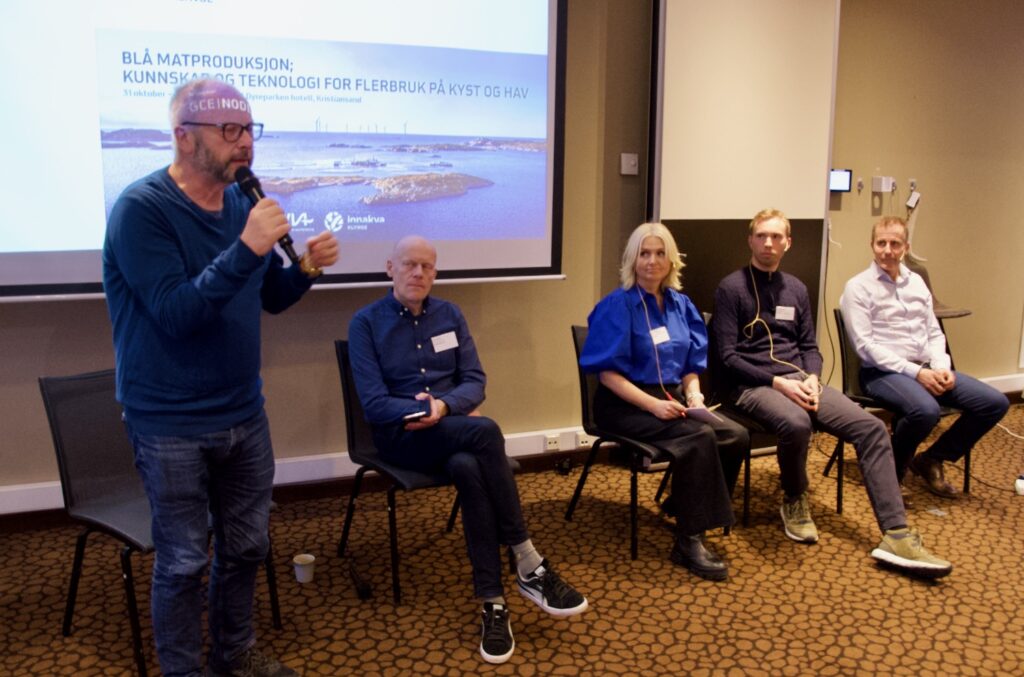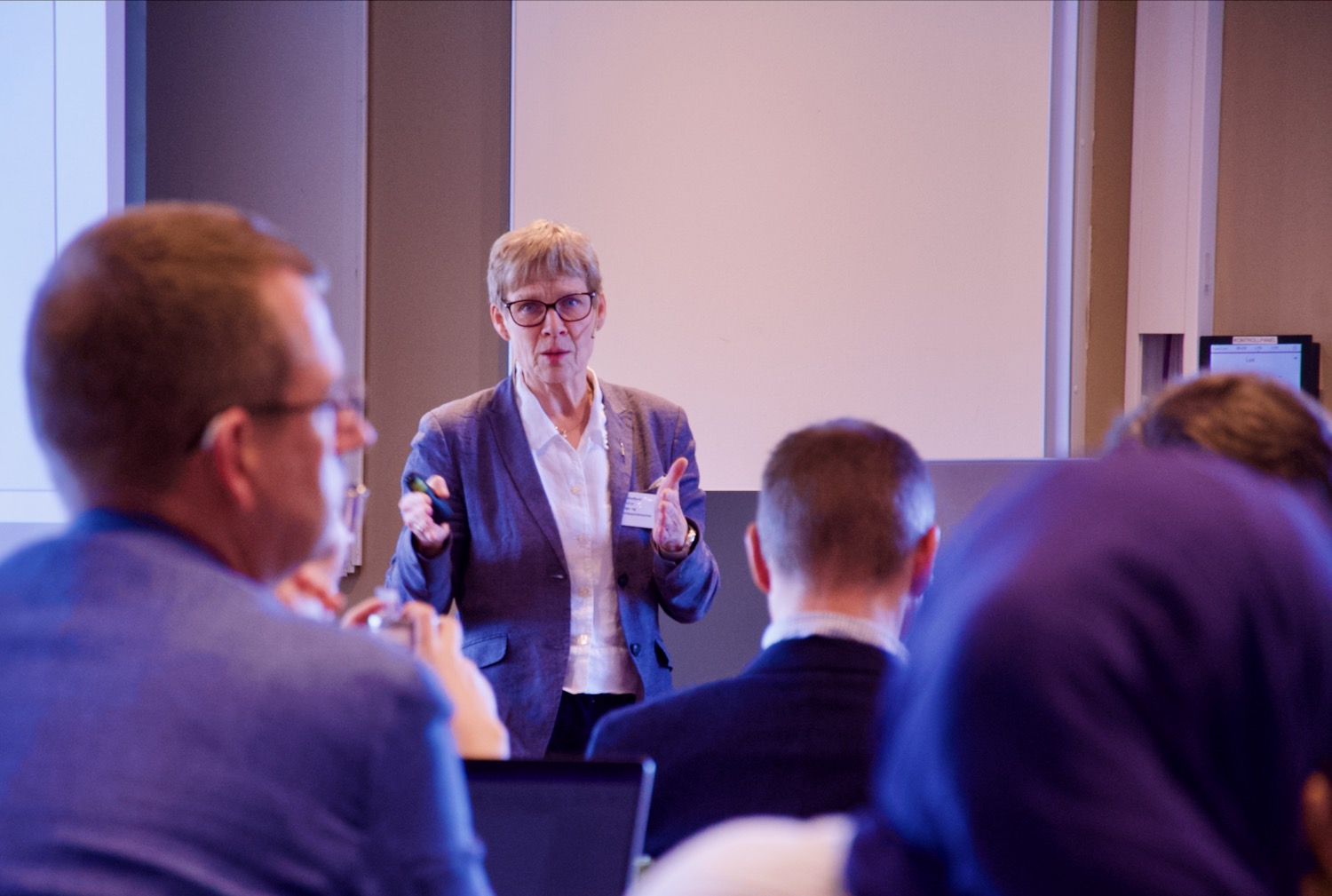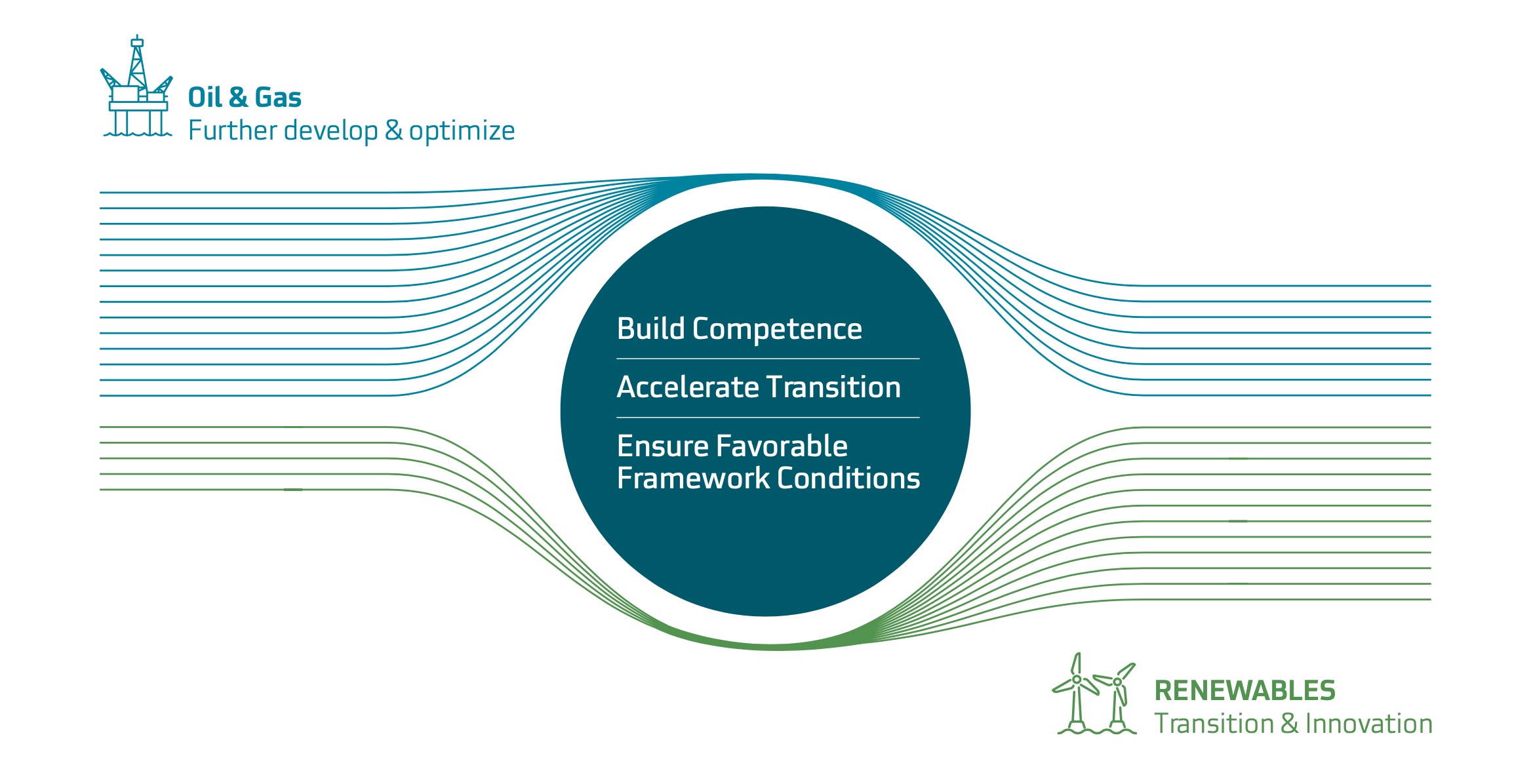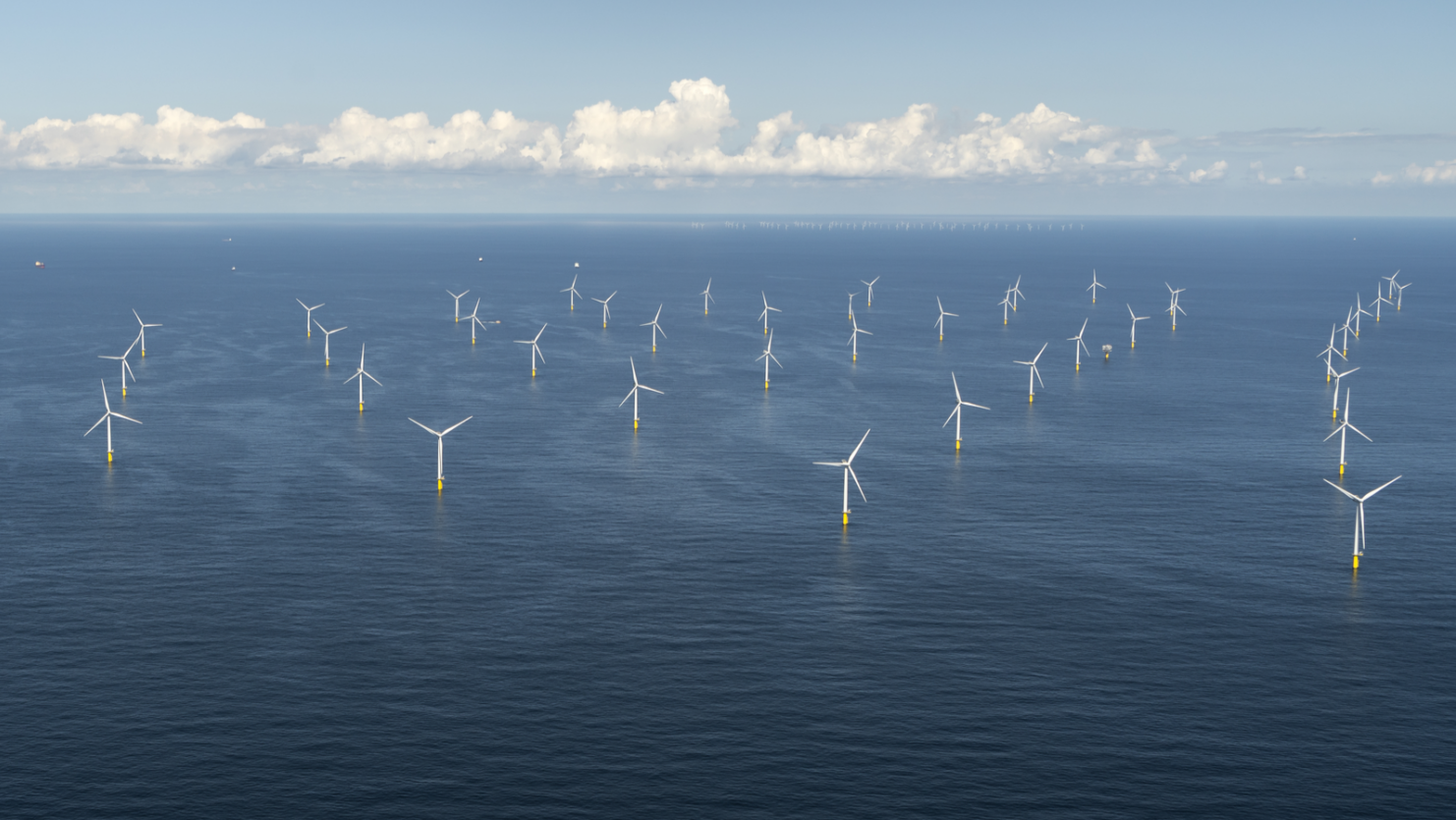“The ocean space is not infinite. Offshore wind will occupy enormous ocean areas. It is unlikely that these areas will be regulated for offshore wind only. Europe is already exploring which industries go best together with offshore wind,” says Øivind Bergh, Researcher at the Norwegian Institute of Marine Research (Havforskningsinstituttet).
If decided by regulators, coexistence could be a requirement for wind developers to obtain a license to operate.
“We could easily see joint infrastructure for offshore wind and aquaculture, in the form of large-scale cultivation of shells and kelp within vast offshore wind farms,” says Bergh, who is also the coordinator of an EU project dedicated to realizing offshore low-trophic aquaculture in a multi-use scenario.

ANNUAL AQUACULTURE CONFERENCE
Coexistence in the ocean space was the overriding theme of the sixth annual aquaculture conference, hosted by GCE NODE, NIVA and Innakva Cluster.
READ MORE: Images from the aquaculture conference
According to Hans Tobias Slette, Researcher at SINTEF Ocean, offshore wind developers will be skeptical to other industries.
“Offshore wind will safeguard their extremely expensive infrastructure and will find little upside in coexisting with – and far less in cooperating with – the less valuable aquaculture infrastructure. However, they may be forced into doing so,” said Slette.

Today, the Norwegian ocean space is utilized by the oil and gas industry, fisheries and aquaculture, and ships – in addition to military operations and recreational purposes. Among the new – or newer – activities are carbon capture and storage, offshore wind, aquaculture, and marine minerals.
The former head of the Norwegian Directorate for Fisheries, Liv Holmefjord, currently leads the Norwegian government development of a set of overriding principles for use of acreage at sea.
“We need to build a foundation that creates predictability and a basis for coexistence across the maritime industries. We expect more activities at sea, and we need to prevent any conflicts of interest,” says Holmefjord.




